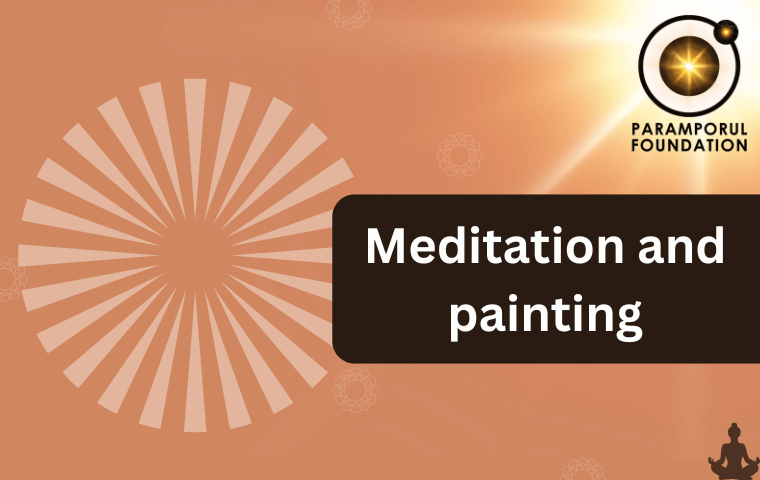Meditation and painting may seem like two separate worlds, but when combined, they create a profound synergy that promotes inner peace and creative expression. This unique practice involves using art as a medium to achieve mindfulness and a deeper connection to the self. By embracing the process rather than focusing on the outcome, individuals can unlock an enriching journey of self-discovery and emotional healing.
Letting Go of Control Through Art

One of the key principles of meditative painting is releasing the need for control. This approach encourages a state of flow, where thoughts and worries fade into the background, and the act of creating becomes a meditation in itself. This mindset can help people new to art or those experiencing a creative block rediscover their artistic spirit while fostering mindfulness.
Mandalas: A Spiritual Gateway

Mandalas hold a special place in meditative art. Originating from Sanskrit, the word “mandala” means circle or wholeness. As Bailey Cunningham, founder of The Mandala Project, explains, mandalas symbolize the interconnectedness of life and the universe. They appear in natural forms like flowers and stars, architectural marvels like domed buildings, and artistic expressions like Tibetan sand art and Celtic spirals.
Creating a mandala can be both a spiritual and therapeutic experience. By filling the circular space with patterns or colors, individuals can focus their thoughts, calm their minds, and connect with their inner selves. For beginners or those unsure of their artistic abilities, mandalas offer a safe and accessible starting point.
Painting as a Path to Mindfulness

The act of painting, much like meditation, is about being present in the moment. Renowned artist Mark Rothko viewed painting as a meditative process capable of evoking profound emotional responses. His immersive works demonstrate how art can transcend physical forms and touch the depths of human emotion.
To practice meditative painting, begin by preparing a quiet space and gathering essential materials. Take a few deep breaths and center your thoughts on your current emotions. Are you feeling anxious, joyful, or reflective? Let these feelings guide your choice of colors and brushstrokes. Instead of judging your work, allow yourself to immerse fully in the process, focusing on the sensations and emotions that arise.
Steps to Begin Meditative Painting
If you’re new to this practice, here are some steps to get started:

- Set an Intention: Before you begin, take a moment to identify what you hope to achieve, whether it’s peace, clarity, or emotional release.
- Create Your Space: Choose a quiet area free from distractions. Gather your materials, such as paint, brushes, and paper or canvas.
- Focus on Your Breath: Start with a few deep breaths, letting your body relax and your mind settle.
- Choose Colors That Reflect Your Mood: Think about the colors that resonate with your emotions and allow them to guide your palette.
- Paint Without Judgment: Let your hand move freely without worrying about the final product. The focus is on the journey, not the destination.
Benefits of Combining Meditation and Painting
The integration of meditation and painting offers numerous mental and emotional benefits. It helps reduce anxiety, improve focus, and enhance emotional awareness. Additionally, the hands-on experience of using colors and brushes can be deeply grounding, helping individuals reconnect with their inner selves and the present moment.
Blending mindfulness with creative expression, meditation, and painting opens a doorway to self-exploration and tranquility. No matter your experience level, this practice invites you to surrender to the creative process, allowing you to explore and enjoy the freedom of expression from the heart.

